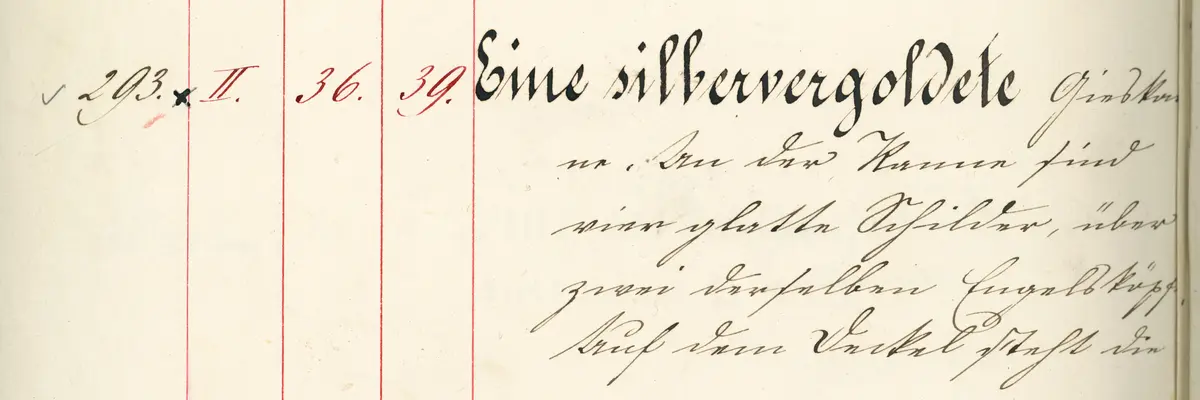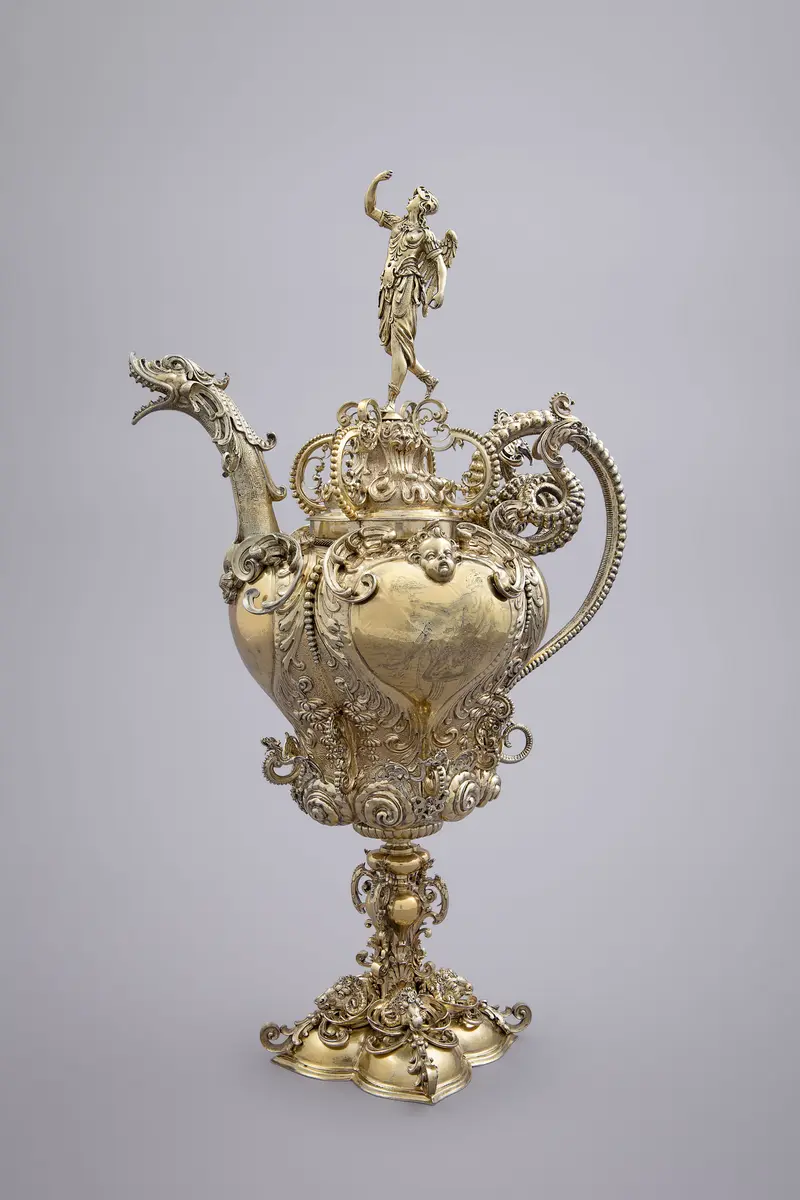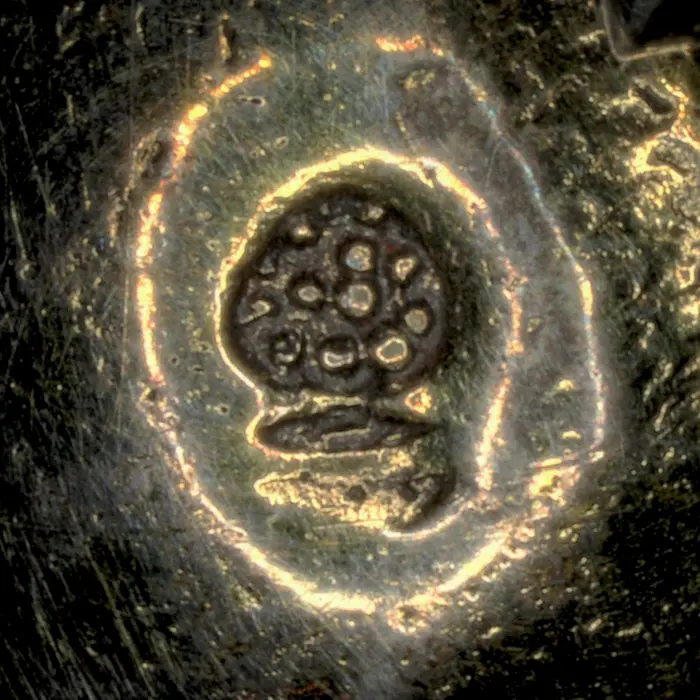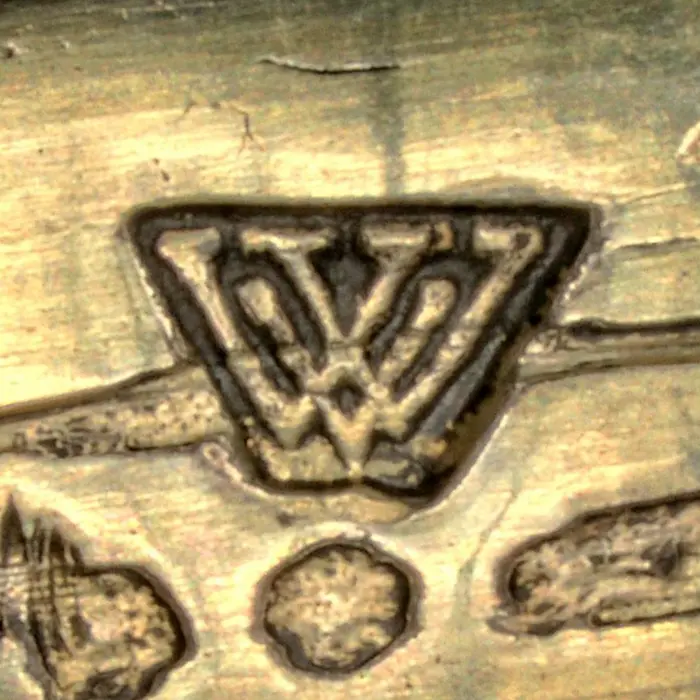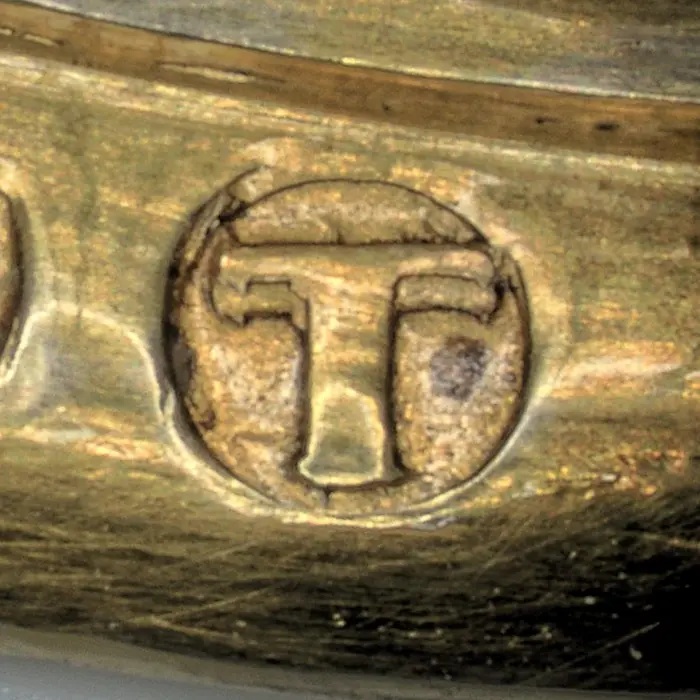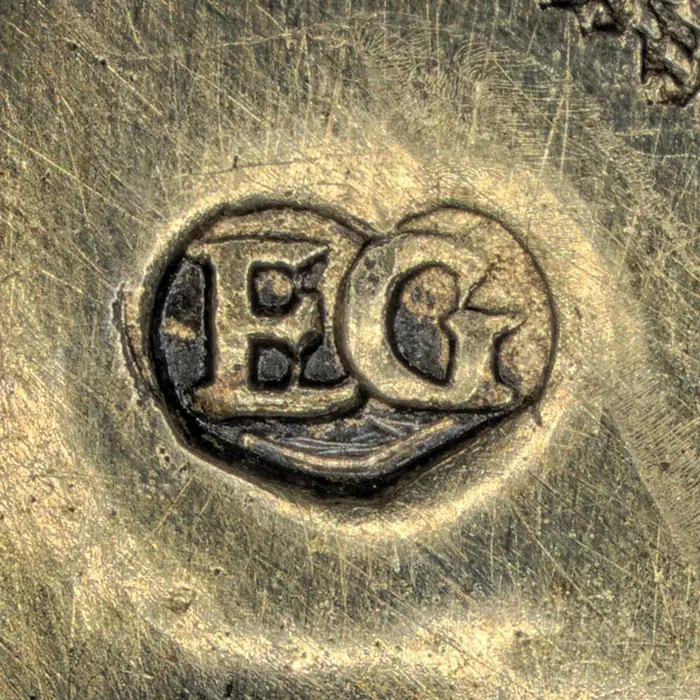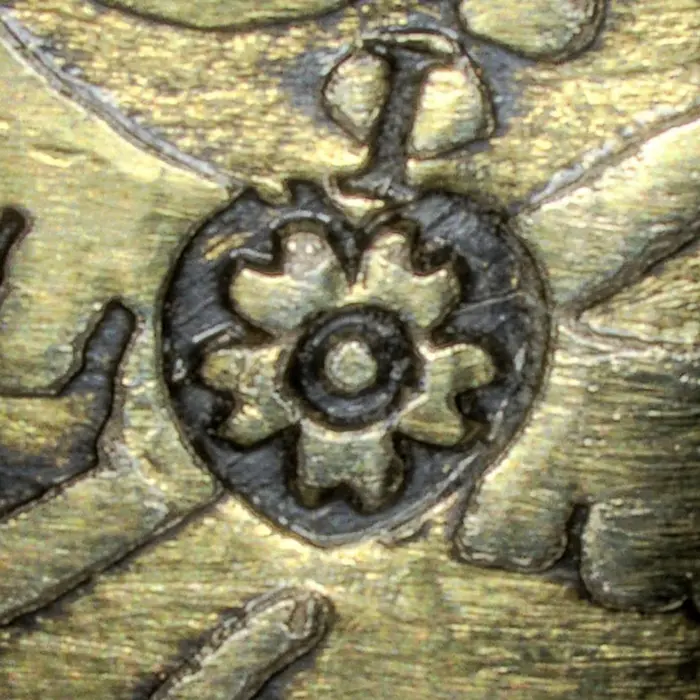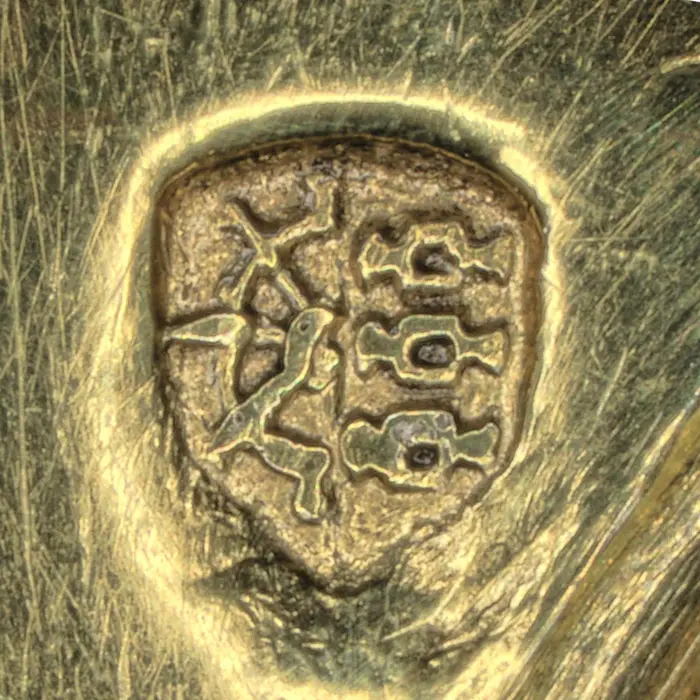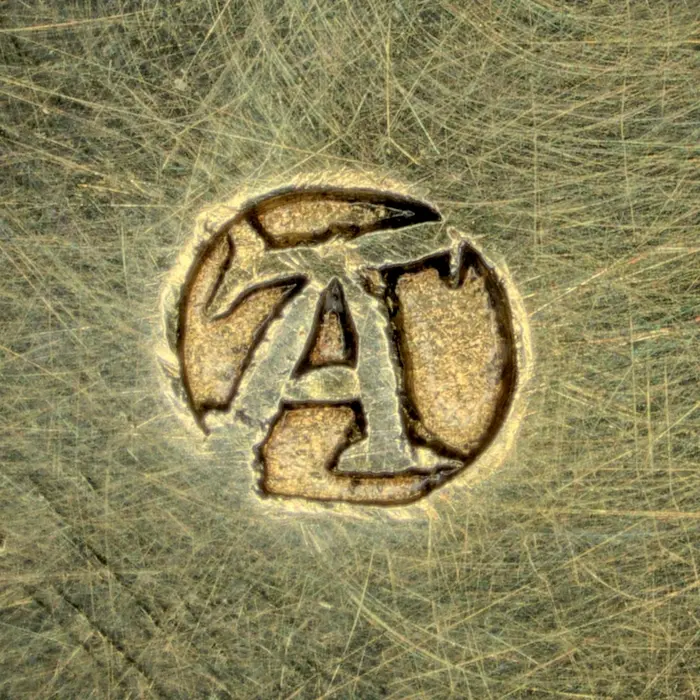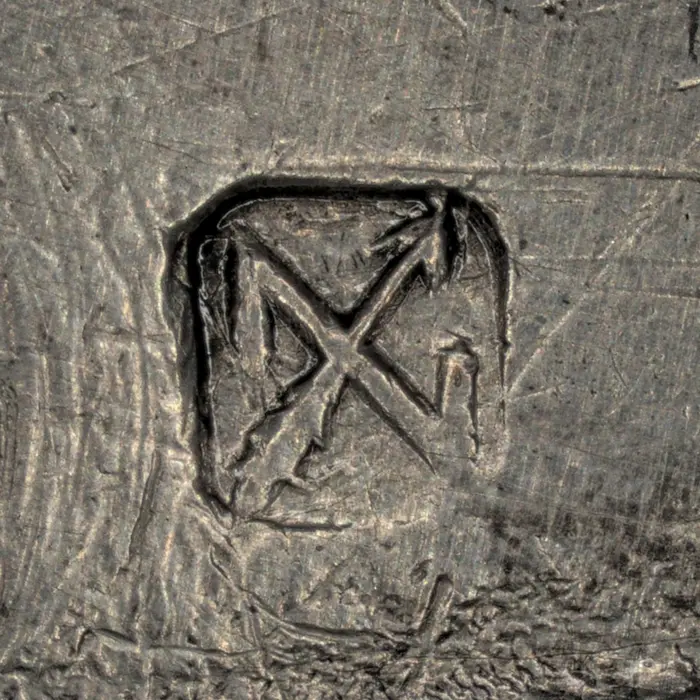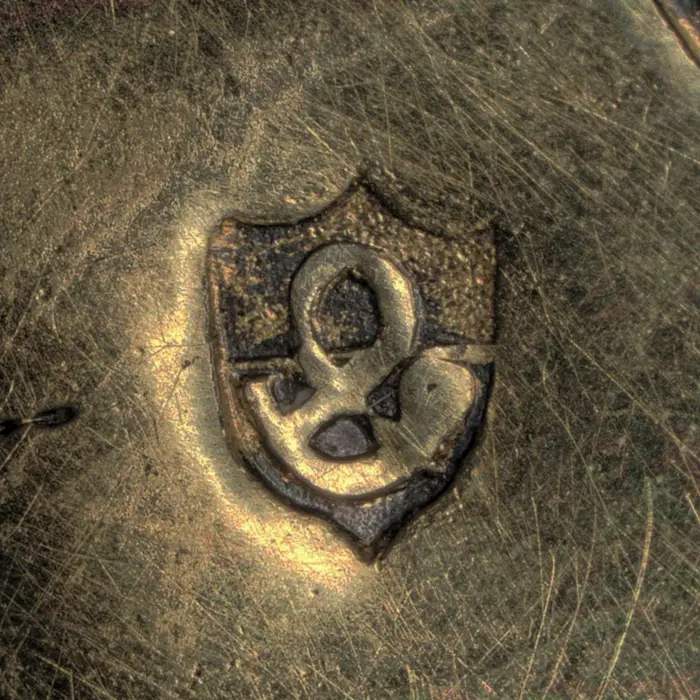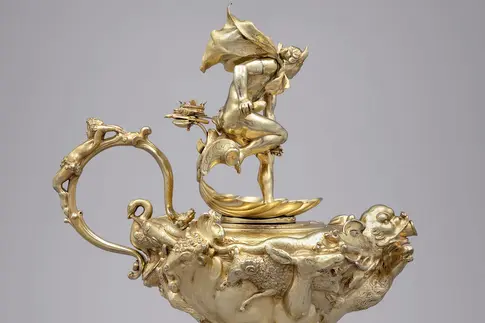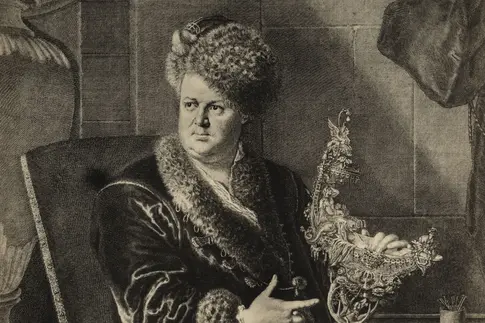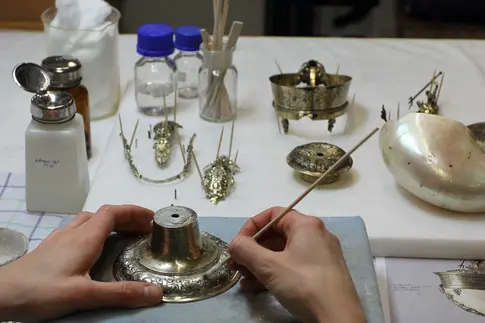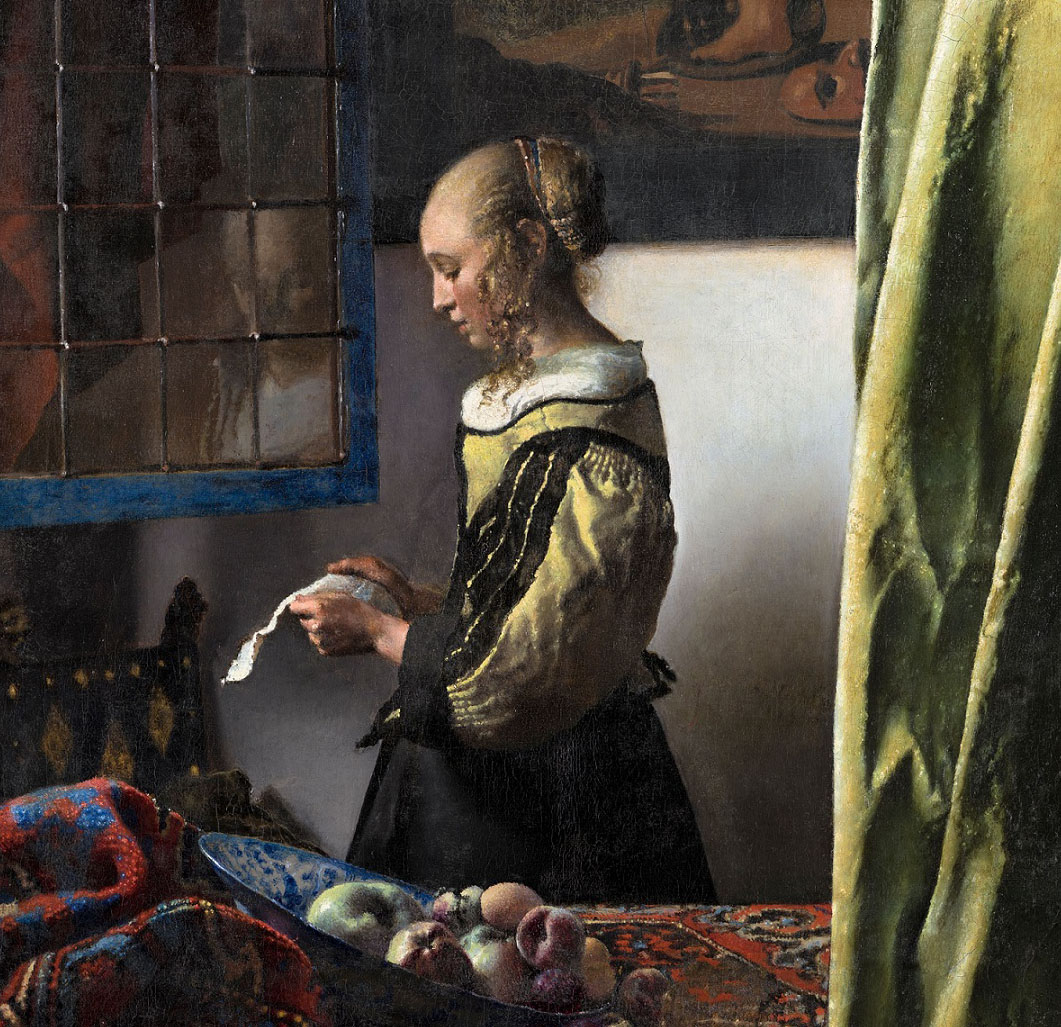Goldsmiths’ art
Particularly well represented are objects in which goldsmith’s work is combined with sea snails and nautilus shells, ostrich eggs, coconuts, or hard stones such as serpentine or nephrite. The latter were also mined in Saxony. The silver itself was mined in significant quantities in South and Central America, in Europe, and also in Asia. Some of it also came from Saxony. The smelting and alloying processes used mean that it is well-nigh impossible to determine the origin of the silver ore used in objects crafted by European goldsmiths. Small markings known as hallmarks, on the other hand, often provide information about when and where the object in question was made. They often even identify the goldsmith who produced it. But we are also interested in many other questions: How and when did the piece come into the collection? Were there any previous owners? Where was it exhibited? Has it possibly been altered over time? Are there comparable objects in other museums? As a long-standing princely collection, the Grünes Gewölbe is well documented. This means that many historical inventory books, invoices, and correspondence have been preserved. In many cases, we can therefore answer these questions in considerable detail.
